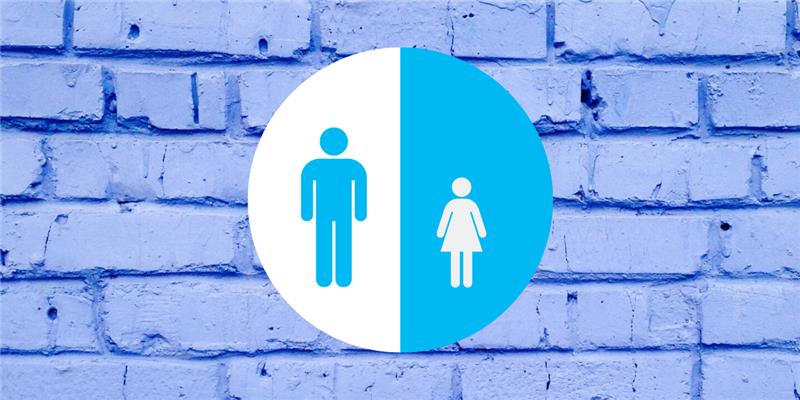Put Your Money Where Your Equality Is: Why Is Equal Pay Still A Thing?
While on the surface it may look like progress, equal pay is still very much not that – equal.

There are some amazing women in the procurement profession. People such as Kelly Barner, Sylvie NOËL, Virginie VAST and Elvire Regnier Lussier, only to name a few who immediately come to mind.
Thinking about all the things these women have accomplished, I am both confused and sadly disappointed regarding the results of a relatively recent CIPS survey regarding pay equity.
Perhaps in writing this, you can help me to understand the statistics to gain some missing insight because no matter which way you look at it, like the Rubik’s Cube on my desk the coloured squares do not line up.
Just the Facts
While the October 2019 results reported by CIPS indicates that the “average pay gap in the profession overall narrowed slightly, from 23% in 2015 to 21% in 2019,” when women are “promoted” to a higher position, this gap increases significantly – and not merely by a few percentage points.
According to CIPS, the gender pay gap for a senior position has risen from 15% in 2015 to 35% in 2019. The 2020 results revealed similar findings.
It is as if women are being ” penalised ” for excelling at their jobs. Regardless of gender, who in their right minds would take on more responsibility and more pressure for less pay than someone else delivering the same results?
Understanding the Gap
There is a difference between the pay gap and equal pay, the latter is what we are vocalising today
When we talk about a gender pay gap, we are talking about the average pay disparity between all men and women within an organisation. To calculate the pay gap, you take the total collective pay for all men within a company and divide that number by the number of men employed. You then do the same for women, and the gap is the difference in the average pay for each gender.
While we need to address the pay gap, it is the equal pay issue that is most contentious. In other words, we are not talking averages across diverse numbers involving many different roles and responsibilities within an enterprise. We are talking about two people – one a man, and one a woman with the same title doing the same job.
In this context, it is not a question of pay discrepancy but indisputable discrimination.
An Act Requires (Act)ion
Back in 1970, the government introduced the Equal Pay Act (Chapter 41) into law, in which Section 1 clearly states that there is a “Requirement of equal treatment for men and women in (the) same employment.”
Yet here we are 50 years later, and rather than being eradicated, discrimination involving pay for senior positions is going in the wrong direction.
When you consider, for example, the fact that organisations who have more women on the board perform better financially and are less likely to go into bankruptcy the CIPS results do not make sense. Am I missing something here?
Parity Is Not Equality
According to the 2019 Oliver Wyman paper Women In Procurement: Gender Parity Is A Key To Better Performance, “mature” procurement organisations in the United States and Western Europe are “moving toward gender parity.” Specifically, “20 per cent of the top 60 listed companies have appointed a woman as Chief Procurement Officer.”
While on the surface this looks like progress, given the discriminatory pay practices presented by CIPS, someone could sceptically suggest that such parity is as much a result of getting great talent at a significantly discounted rate as it is a conscious effort towards achieving equality between the sexes.
So, here is the question for which we all need to find, get, demand an answer; why is equal pay still existent in 2020?
This article was originally published by Iain Campbell Mckenna – Managing Director at Sourcing Solved on 30th June.
Join Procurious to connect with 40,000 other ambitious procurement professionals and get free access to networking, industry news, training and much more.